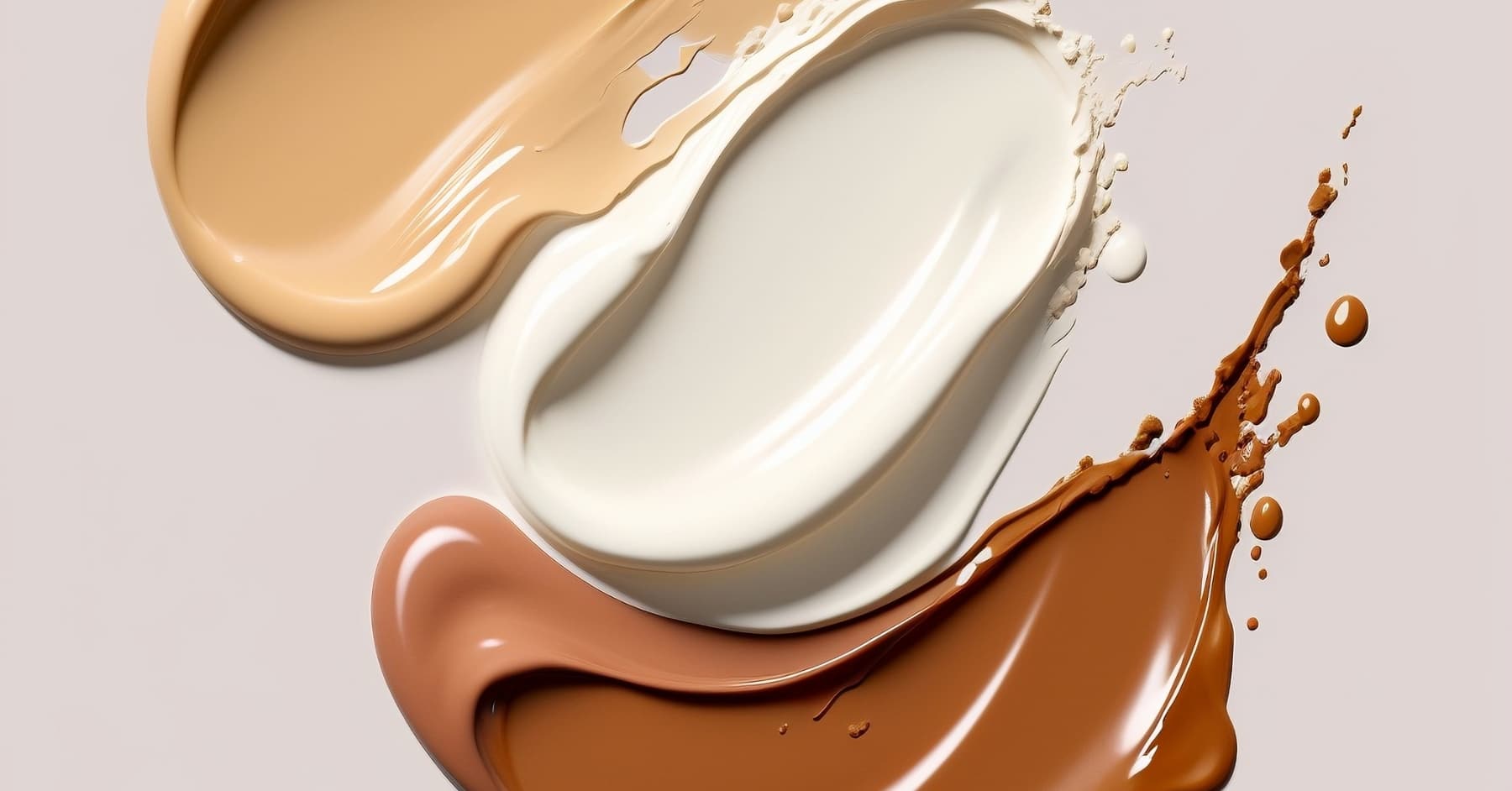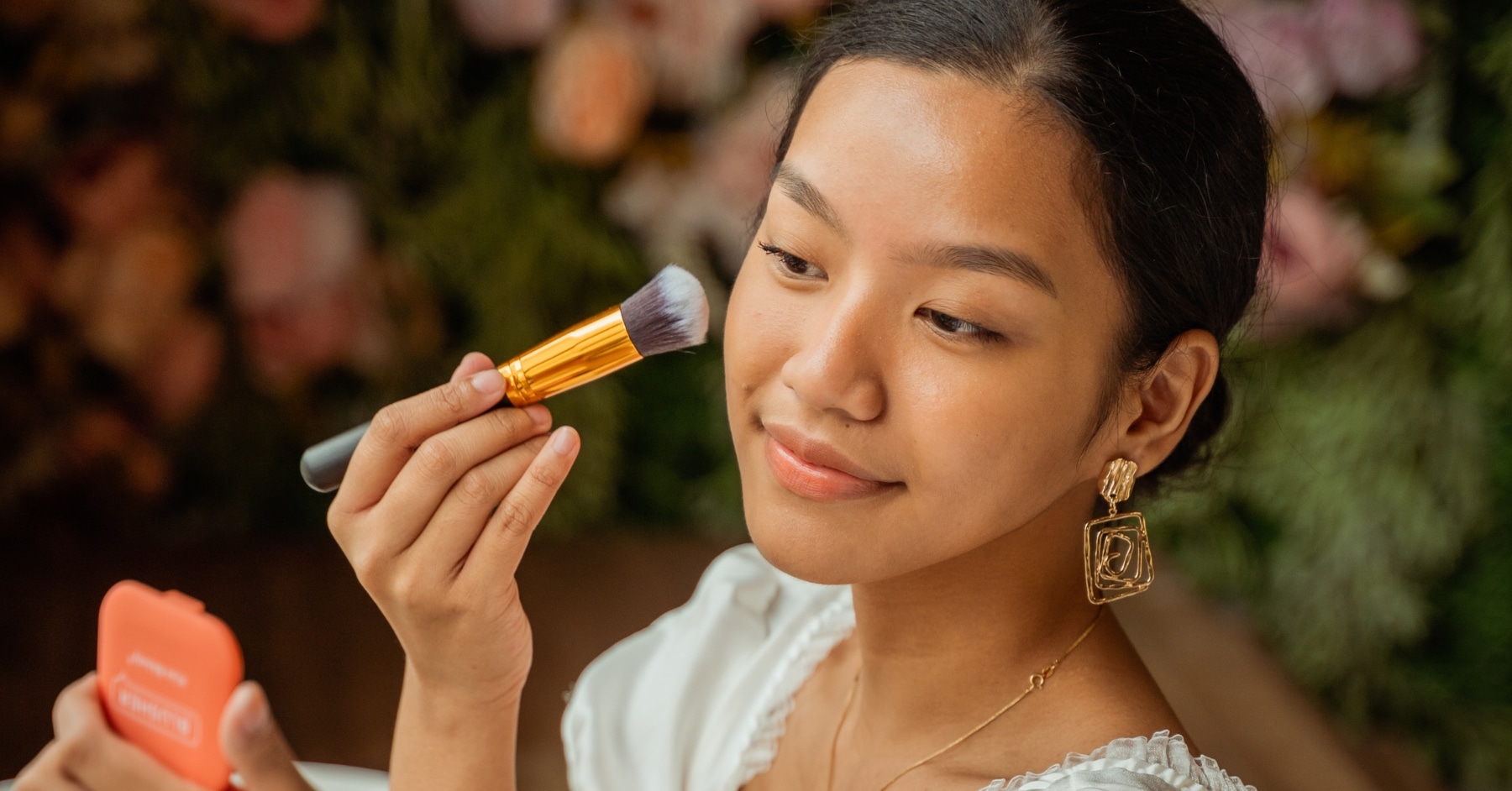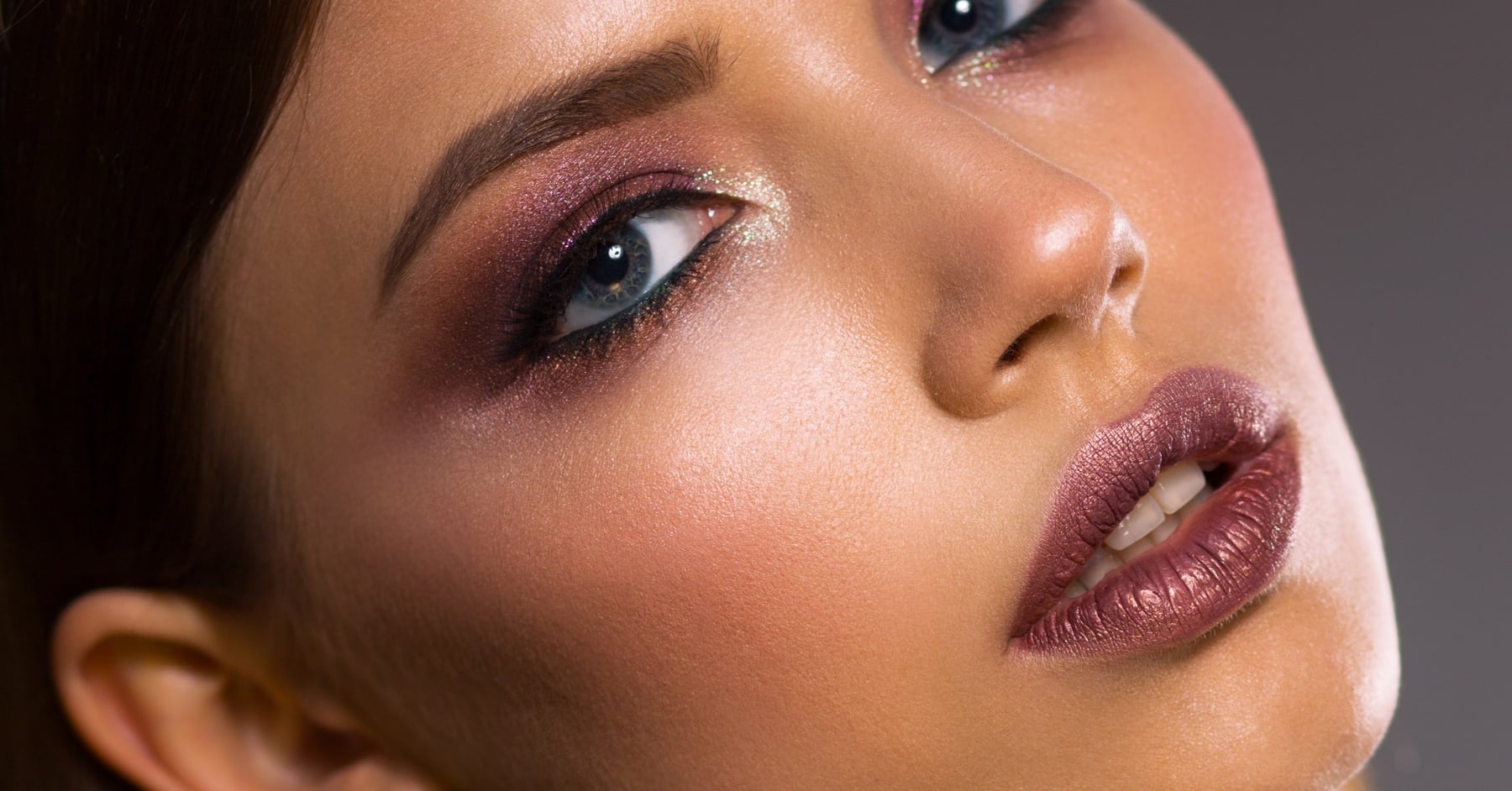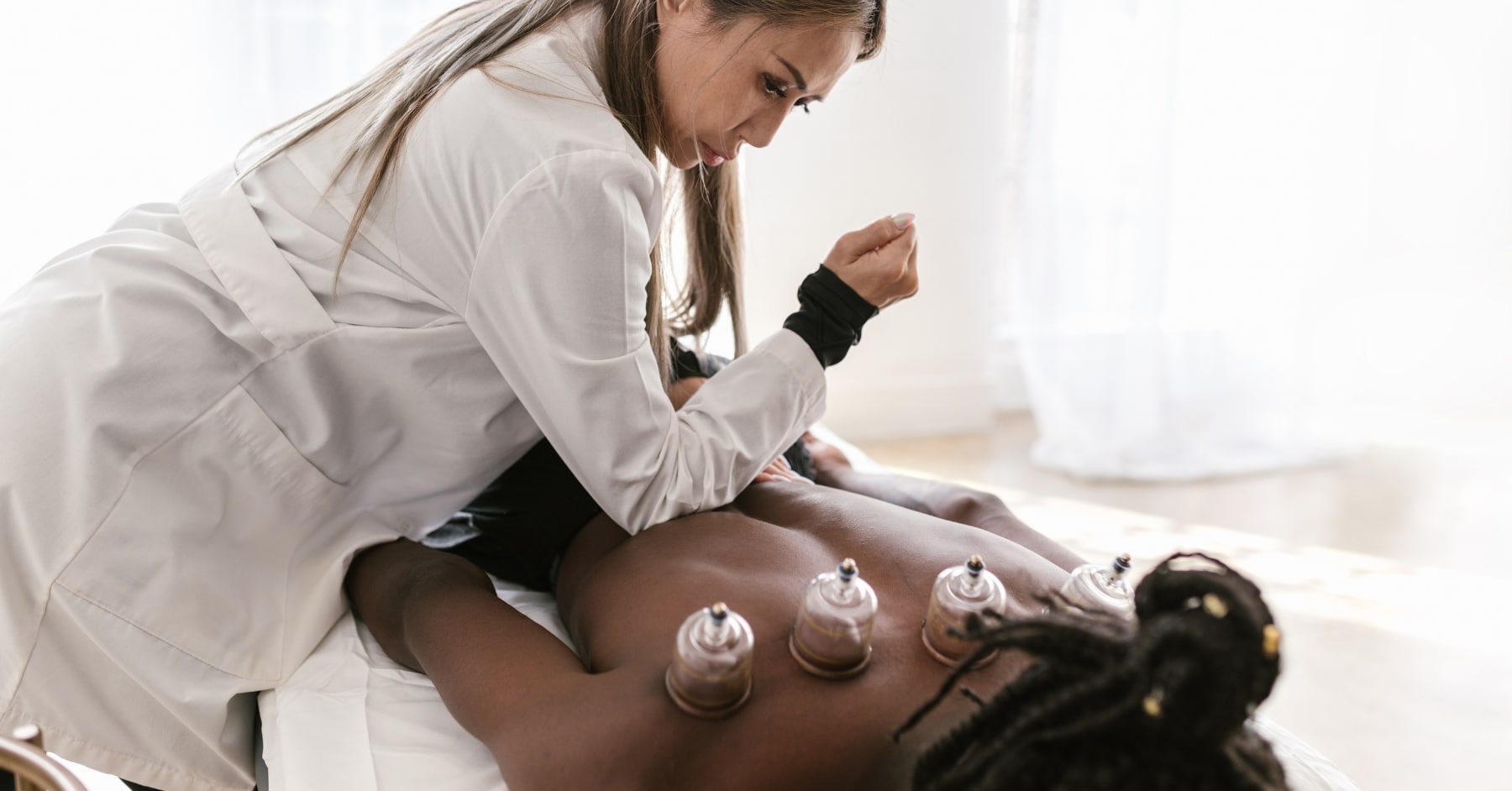If you’ve ever looked in the mirror and noticed small, flat brown spots appearing on your face, hands, or shoulders, you’re not alone. These are called sunspots, and while they’re completely harmless, they can be frustrating when you’re striving for a clear, even-toned complexion.
In this post, we’ll break down what sunspots are, why they show up, and how you can treat them effectively.
What Are Sunspots?
Sunspots, also known as solar lentigines or age spots, are areas of hyperpigmentation caused by sun exposure. They’re most common in adults over 30, but they can appear earlier if you spend a lot of time in the sun without adequate protection.
Sunspots are:
- Flat, usually round or oval
- Brown, tan, or dark in colour
- Found most commonly on areas exposed to the sun (face, neck, chest, arms, hands)
They’re different from freckles or moles, and they’re not dangerous, but they can become more noticeable with age and ongoing sun exposure.
What Causes Sunspots?
Sunspots develop when UV rays from the sun trigger excess melanin production in your skin. Over time, this pigment collects in certain areas, creating those darker patches.
Common triggers include:
- Long-term sun exposure without SPF
- Tanning beds (yes, they count!)
- Hormonal changes (like pregnancy or birth control)
- Aging skin, which becomes more prone to uneven pigmentation
How Do You Treat Sunspots?
The good news? You can reduce the appearance of sunspots, and in some cases, fade them entirely. Here are a few treatment options:
Topical Treatments
- Vitamin C: Brightens skin and helps fade discolouration over time.
- Retinol/Retinoids: Speeds up cell turnover to diminish spots gradually.
- Hydroquinone (2% OTC or prescription): A skin-lightening agent that targets pigmentation.
- Niacinamide: Calms inflammation and helps even skin tone.
Tip: Be consistent, most topicals take several weeks (sometimes months) to show results.
Professional Treatments
- Chemical Peels: Removes the top layer of skin to reduce pigment.
- Laser Therapy: Targets melanin with precision to break up dark spots.
- Microneedling: Stimulates collagen and can improve skin texture and tone.
- Cryotherapy: Freezes spots to remove excess pigment (used for individual spots).
Always consult a dermatologist to choose what’s best for your skin type and tone, especially if you have sensitive or darker skin.
Prevention Is Key
Once you’ve treated sunspots, the last thing you want is for them to come back. Protecting your skin daily is essential:
- Wear broad-spectrum SPF 30 or higher, every single day, even when it’s cloudy.
- Reapply every 2 hours if you’re outdoors.
- Use wide-brim hats and sunglasses to shield your face.
- Avoid peak sun hours (10 am–4 pm) when UV exposure is strongest.
Final Thoughts
Sunspots are a natural part of aging and sun exposure, but that doesn’t mean you’re stuck with them. With the right mix of skincare, professional treatments, and sun protection, you can reveal clearer, more radiant skin over time.
And remember: every spot, wrinkle, and freckle tells your story, but there’s nothing wrong with wanting your skin to look and feel its best.




